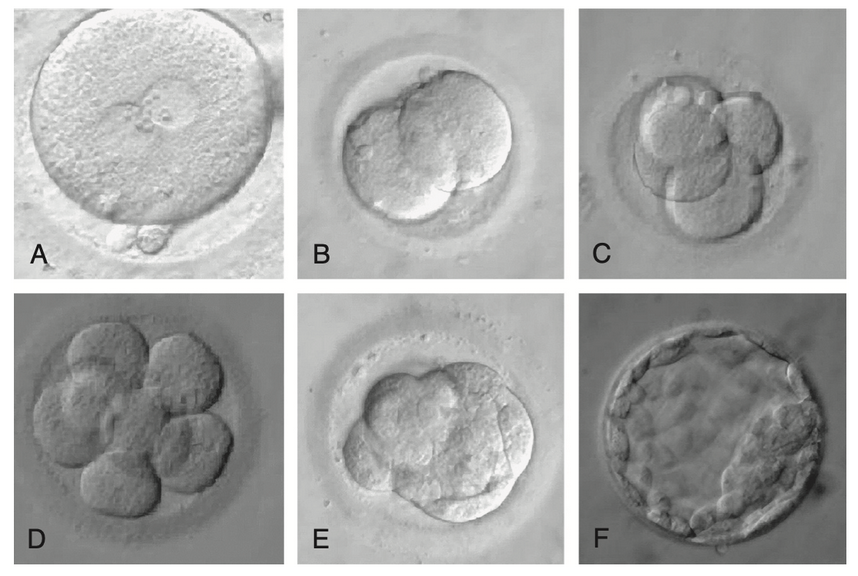Egg Freezing vs. Embryo Freezing: Key Differences You Must Know Before Pursuing IVF in the U.S.
- legend family
- Jun 21
- 3 min read

As more families consider traveling to the U.S. for fertility treatment, an increasing number of women are turning their attention to assisted reproductive technologies. Particularly for those who are not yet ready due to timing, career planning, or marital status, the question of how to scientifically “extend fertility” has become a hot topic. Among the most commonly discussed options are egg freezing and embryo freezing—but what’s the difference between the two? And how should you decide which is right for you when pursuing IVF in the U.S.? Let’s dive into the key distinctions.
1. What Are Egg Freezing and Embryo Freezing?
• Egg Freezing
Egg freezing refers to the process in which a woman’s eggs are retrieved after ovarian stimulation and then frozen without being fertilized. The eggs are preserved in liquid nitrogen at -196°C and can be stored for many years. When the woman is ready, the eggs can be thawed, fertilized, and implanted.
• Embryo Freezing
Embryo freezing occurs after eggs are fertilized with sperm and develop into embryos—usually at the cleavage stage (Day 3) or blastocyst stage (Day 5). These embryos are then frozen for future use and can be directly transferred after thawing.
2. Technical Differences (Updated Key Points)
• Freezing Method and Impact on Success Rates
In the U.S., both egg and embryo freezing predominantly use vitrification—a rapid freezing technique. Compared to the traditional slow freezing method, vitrification offers significant benefits: faster cooling, reduced risk of ice crystal formation, and better cell preservation.
---For egg freezing, this technology is especially crucial. Eggs are more fragile than embryos, and traditional methods often caused damage to their cell membranes. Vitrification greatly improves post-thaw survival rates and maintains the eggs’ fertilization potential.
---For embryos, vitrification also enhances survival rates. U.S. labs have extensive experience in freezing Day 5 blastocysts, and clinical success rates using frozen embryos often match or even exceed those of fresh transfers.
• World-Class Lab Technology in the U.S.
Leading fertility clinics in the U.S. are equipped with cutting-edge cryopreservation equipment and highly experienced embryologists. Each egg is handled with second-level precision during freezing and thawing to ensure cellular integrity and viability.
Data shows that with vitrification, top U.S. clinics achieve over 90% survival rates for thawed eggs. When combined with ICSI (intracytoplasmic sperm injection), the likelihood of forming high-quality embryos improves significantly—narrowing the success rate gap between egg and embryo freezing.
3. How to Choose When Doing IVF in the U.S.?
With its globally advanced fertility technologies—especially in the areas of egg and embryo freezing—the U.S. is a top destination for IVF. Vitrification has dramatically increased the post-thaw survival and pregnancy rates.
Here are some practical recommendations based on different life situations:
Single / No Children / Uncertain Future Plans→ Consider egg freezing. It offers greater flexibility and aligns with long-term planning.
Married / Have a Partner and Ready to Start a Family→ Embryo freezing may be more suitable. It can improve the chances of success and allows for better synchronization with U.S. clinic treatment cycles.
Concerns About Legal Issues or Future Separation→ Egg freezing is more straightforward in terms of ownership and avoids potential disputes over embryo rights.
4. Advantages of Freezing in the U.S.
Advanced Medical Technology. The American Society for Reproductive Medicine (ASRM) has approved egg freezing for non-medical purposes for nearly a decade, and the technology is now mature and reliable.
Flexible Treatment Options. You can approach the process in stages—for example, retrieving eggs in the U.S. first, then fertilizing and developing embryos later via remote coordination.
Robust Legal Protections. Whether you're single or part of a same-sex couple, U.S. laws provide clear legal frameworks to safeguard your reproductive rights.
Variety of Choices. You can choose egg freezing, embryo freezing, or both—depending on your future goals, with the flexibility to adjust as needed.
5. Final Thoughts
Egg and embryo freezing represent not just scientific advances, but also powerful tools for women to take control of their life trajectory. Before embarking on IVF in the U.S., it’s important to understand the meaning and implications of each option so you can make an informed and confident decision.
If you still have questions about the IVF process in the U.S., clinic selection, or legal procedures, stay tuned to our upcoming content—we’re here to provide you with firsthand, practical insights every step of the way.




Comments